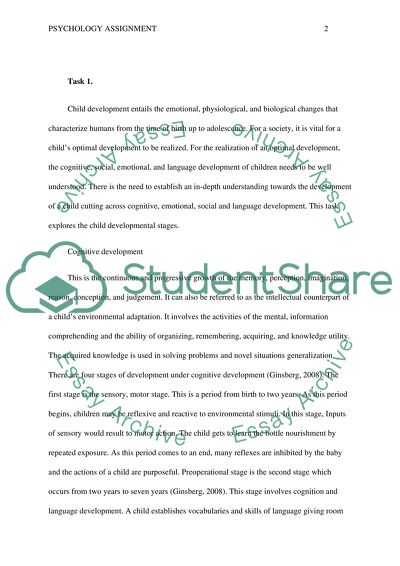Cite this document
(“Sociological perspectives in Health and social care ( BTEC LEVEL 3 ) Essay”, n.d.)
Retrieved from https://studentshare.org/sociology/1459911-sociological-perspectives-in-health-and-social
Retrieved from https://studentshare.org/sociology/1459911-sociological-perspectives-in-health-and-social
(Sociological Perspectives in Health and Social Care ( BTEC LEVEL 3 ) Essay)
https://studentshare.org/sociology/1459911-sociological-perspectives-in-health-and-social.
https://studentshare.org/sociology/1459911-sociological-perspectives-in-health-and-social.
“Sociological Perspectives in Health and Social Care ( BTEC LEVEL 3 ) Essay”, n.d. https://studentshare.org/sociology/1459911-sociological-perspectives-in-health-and-social.


